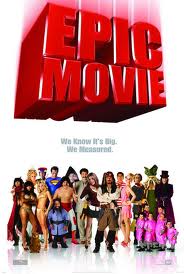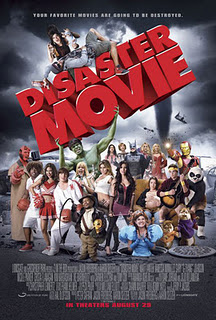Comic Book Action
Scott Pilgrim vs. the World
X-Men First Class
Spiderman
Narrative ConventionsTypical Character: The protagonist starts off as a normal guy until a strange occurrence happens and he discovers that he has super powers. He cannot harvest these powers and he struggles to keep normality. There is always an antagonist that either has super powers too or can create super powers. There also is the lover of the protagonist whom become the mistress in distress.
Typical Setting: It sets in an urban area with many buildings and may civilians. The civilians come into play in a big part as the antagonist uses them as hostages to trick the protagonist into giving up. There is a building where a major fight scene come into play as it is an indoor fight and it causes much destruction.
Typical Dress: the protagonist always has a costume and in every fight scene where he needs to be the hero he is wearing this costume. It can range from tights to regular clothes. These costumes serves as a motif in the plot. The antagonist has a costume too and can be very easily picked out who he is.
Typical Plot: The character wakes up normal and goes on his daily routine. He than will go to a building or local place. He will discover his powers and gets intrigued by them. He meets the antagonist and meets his lover. A fight will ensue and the Protagonist will win but the villain escapes. He can finally control his powers and has a final battle with the main Villain and wins defeating him forever either killing him or sending him to jail.
Typical Situations: The Hero’s lover will be in peril and the Hero has to go save her. This is a trick set up by the villain and the Hero gets in trouble. He fights the villain defeating him and gets some loving from the lover. The two shares an romantic moment and the story ends.
Spoofs
Epic Movie
Super Hero Movie
Disaster Movie
Typical characters: There is a female or male character that is going through a series of random events that are related to different movies. The main character has to find a superpower or a safe zone from the random events happening. There is an evil character that is either related to the main character or is a a famous villain in big movies.
Typical body language: The main character always seems to be out of every situation and isn’t fully mentally capable of doing the simplest tasks. Everybody in the film always seems to be either friendly, hostile or just plain random towards the character.
Typical dress: Everyone is dressed as a normal person except the spoofed movie characters who are dressed as the famous person. The spoofed characters are all dressed differently to add the emphasis on comedy.
Typical setting: It almost always starts out in a urban city in a house on a normal day. Later on it goes into the city and when the spoofs start coming in, certain settings represent the spoofed movie.
Typical objects or equipment: There are weapons most likely guns and spoofed weapons like the kung fu panda sword and Indian Jones Whip. They are always related to the spoofed character or the main protagonist.
Creature Feature
Dawn of the Dead
Walking Dead 
Resident Evil
Typical situations: The main protagonists are trapped in a room or building or alleyway and there are creatures outside trying to get in and kill them. They are almost out of ammo and time as the creatures coming Typical characters: There is the main group of protagonists or one main protagonist who are well fitted for survival. They have a keen instinct for the use of a gun and is a natural leader. There are a group of survivors who are either being led by the protagonist or is in a democracy of how they are going to survive.
Typical body language: The main characters tend to have a few arguments on how to survive and they split up onto two groups of leadership. The both groups want to survive and are willing to do anything to survive.
Typical dress: They have normal street clothes on that get torn, dirty and raggedy as the story goes on. When the characters get injured, there clothes get bloody and starts to almost tear apart.
Typical setting: The story starts out in a normal city than creatures start to come into play of life. The building are shiny and clean until the story goes on than everything becomes destroyed by the creatures.
Typical look or style: The director uses quick cuts when it comes to intense action or dramatic scenes. The lighting is usually dull to enhance the drama and horror of the film. There is a flashing light bulb motif that represents that a main action scene is coming into play.
